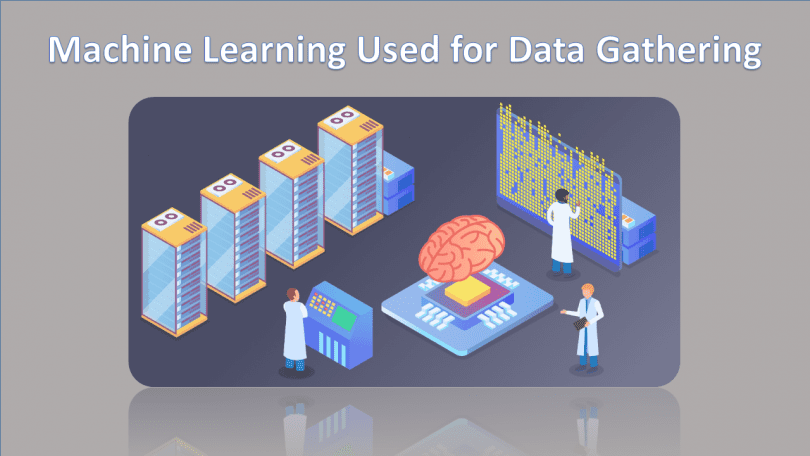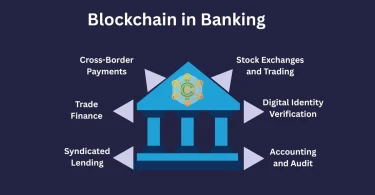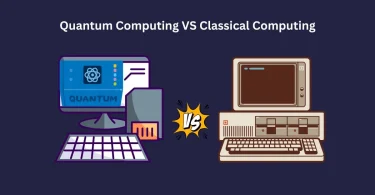Overview
Why is data collection Important?
The term Data collection is allows us to gather the data or a record of past events and so that we can use data analysis for collected information to find recurring patterns. From these models, you build predictive models using machine learning algorithms that look for trends and predict future changes.
Predictive models are as good as the data they are built from, so good data collection practices are essential for developing high performance models. The data must be free of errors and contain information relevant to the current task. For example, a default model would not benefit from the size of the tiger population, but could benefit from gas prices over time.
Data preprocessing
Raw data and real world images are often incomplete, inconsistent, and free from certain behaviors or trends. The all above companies and heads are also like to contain and gather data which may have many errors. Then the once collected and they are preprocessed into a format that the machine learning algorithm can use for the model.
Preprocessing includes a number of techniques and actions
Data cleansing is also called process of data filter into useful information. These manual and automated techniques remove data that is added or categorized incorrectly. The techniques generally include imputation of missing values with standard deviation, mean, median, and near neighbors of the data in the given field.
Oversampling. Bias or imbalance in the dataset can be corrected by generating multiple observations samples with methods such as the repeat technique, priming or synthetic minority oversampling and then adding them to the classes under represented. Data integration. Combining multiple datasets to create a large corpus can overcome the incompleteness of a single dataset. Standardization of data. The Normalization reduces size by reducing the order and size of the data.
A General Approach to Data Collection
The term Machine learning and algorithms must be require for huge amounts of data to process and function. When it comes to millions, if not billions of images or recordings, it’s really hard to determine exactly what is causing an algorithm to go wrong. Thus, when compiling data, it is not enough to collect large amounts of information, feed it to the model and wait for good results. The process needs to be refined much more finely.
In general, it is best to go through a series of iterative steps until you are satisfied with the result. The process should work like this
- Select the data distributions
- Divide the data into datasets
- Train the model
Which type of data you collect for data gathering
Data can be classified into two types: structured and unstructured. Structured data refers to well-defined types of data stored in easily searchable databases, while unstructured data is “all” you can collect, but it is not easy to find.
Structured data
Numbers, dates, strings, etc.
Less storage
Unstructured data:
Text and email files
Media files like videos and music and photos
And much more other large files
According to Gartner and over 80% of your data will be unstructured.




Leave a Comment